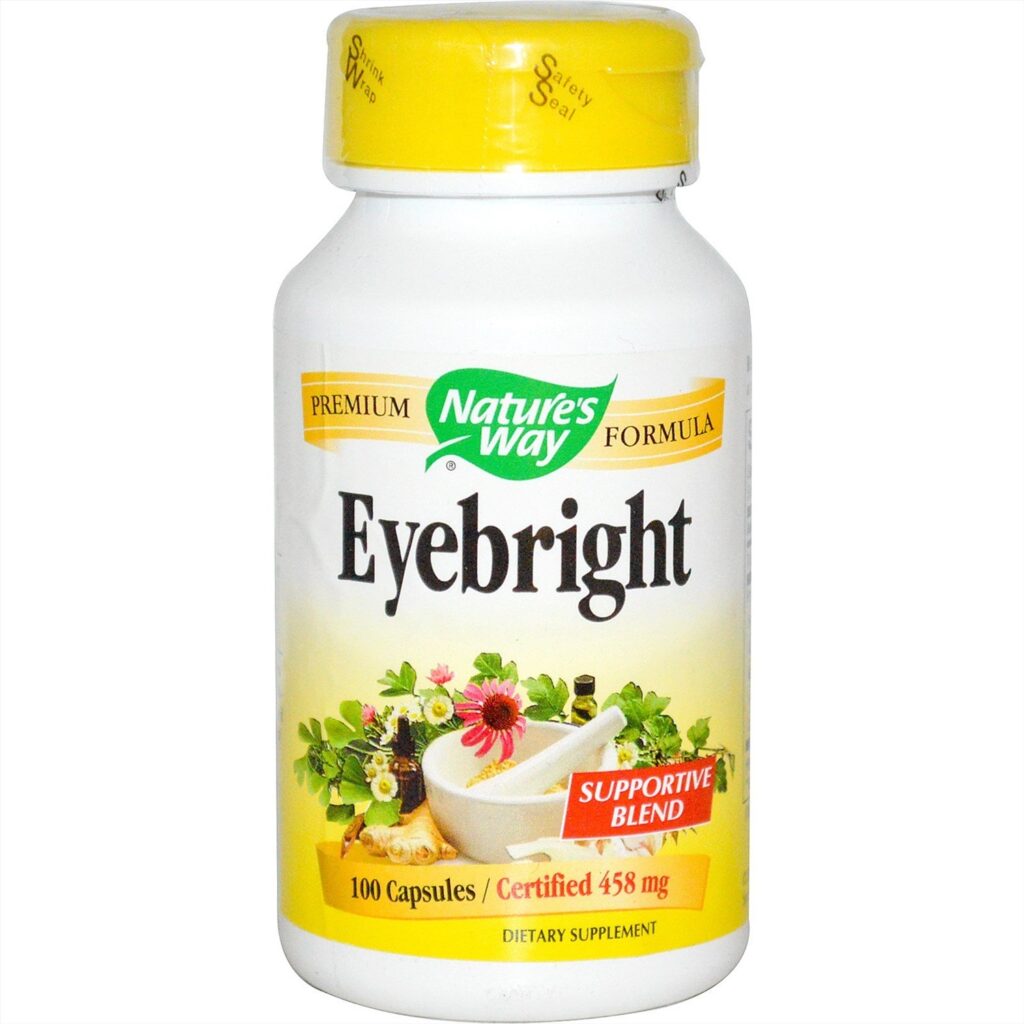Eyebright (Euphrasia officinalis) is a small, flowering plant that has been used for centuries in traditional herbal medicine, primarily for treating eye-related conditions. Its name itself is a testament to its association with eye health, derived from its reputed ability to enhance vision and soothe eye ailments. Today, eyebright supplements are available in various forms, including capsules, tinctures, and teas, and are used for a broad spectrum of health benefits beyond just ocular support. This guide delves into the multifaceted benefits of eyebright supplements, exploring their traditional uses, the science behind their health benefits, and practical considerations for their use.
Historical and Traditional Use
Historically, eyebright’s use can be traced back to the Middle Ages, where it was a common remedy for eye irritation, inflammation, and other ocular conditions. Herbalists and traditional healers prized it for its ability to clear the vision, treat conjunctivitis (pink eye), and relieve symptoms of eye strain and fatigue. Beyond eye health, eyebright was also used for respiratory conditions, such as colds, coughs, and sinus infections, due to its anti-inflammatory and astringent properties.
Eye Health Benefits
The primary appeal of eyebright supplements lies in their potential benefits for eye health. Eyebright contains flavonoids, tannins, and iridoid glycosides, compounds that are thought to contribute to its therapeutic effects. These include:
Reducing Inflammation
Eyebright has been shown to possess anti-inflammatory properties, which can help alleviate inflammation in the eyes caused by environmental irritants, allergies, or infections.
Soothing Irritated Eyes
The astringent properties of eyebright make it effective in soothing eye irritation. It is commonly used in herbal eye washes and compresses for treating tired, inflamed, or irritated eyes.
Potential Antioxidant Protection
Antioxidants in eyebright, such as flavonoids, may help protect the eyes from oxidative stress and damage, which is a contributing factor to chronic eye diseases, including macular degeneration and cataracts.
Respiratory Health Benefits
Eyebright’s benefits extend beyond eye health to support the respiratory system. Its anti-inflammatory and astringent properties make it a helpful remedy for common respiratory issues:
Alleviating Cold Symptoms
Eyebright has been used in traditional medicine to relieve symptoms of the common cold, including coughs and sore throats, potentially due to its ability to reduce mucous secretion and soothe inflammation.
Support for Sinus Infections
The herb may help alleviate symptoms of sinus infections, such as congestion and inflammation, promoting better drainage and relieving pressure.
Anti-inflammatory and Antimicrobial Effects
Eyebright exhibits anti-inflammatory and antimicrobial properties, which can benefit overall health in several ways:
Fighting Infections
Eyebright’s antimicrobial action can help combat bacteria and viruses, contributing to its effectiveness in treating eye infections like conjunctivitis and respiratory conditions.
Reducing Inflammation
Its anti-inflammatory effects are beneficial for reducing systemic inflammation, potentially helping with conditions like arthritis and inflammatory skin issues.
Supporting Cognitive Function and Mental Health
While less commonly recognized for these benefits, some herbal medicine practitioners suggest that eyebright may support cognitive function and mental health:
Enhancing Cognitive Function
The antioxidants in eyebright may protect neural cells from oxidative stress, potentially supporting brain health and cognitive function.
Mood Support
Although evidence is anecdotal, some users report improvements in mood and mental clarity when using eyebright supplements.
Usage and Dosage
Eyebright supplements can be found in various forms, each suited to different uses. When selecting an eyebright product, it’s essential to consider the intended use—whether for internal or topical application—and to follow the manufacturer’s dosage recommendations. As a general guideline:
Teas
For a mild, internal use, eyebright tea can be consumed 1-2 times daily.
Capsules and Tinctures
Follow label instructions, typically involving daily doses spread out in small amounts.
Eye Drops and Washes
Use as directed, ensuring that the product is designed for ophthalmic use.
Safety and Precautions
While eyebright is generally safe for most people, potential side effects can include itching, redness, and eye irritation, particularly with direct eye contact from non-sterile preparations. Individuals with known allergies to plants in the Orobanchaceae family should avoid eyebright. Pregnant and breastfeeding women should consult a healthcare provider before using eyebright supplements.
Conclusion
Eyebright supplements offer a unique blend of benefits, rooted in traditional herbal medicine and supported by some contemporary research. While most famed for their ocular health advantages, the applications of eyebright extend into respiratory support, anti-inflammatory and antimicrobial effects, and potentially even cognitive and mood enhancement. As with any supplement, it’s crucial to approach eyebright use with an informed perspective, paying heed to safety considerations and consulting healthcare professionals when in doubt. Whether seeking to soothe irritated eyes, support respiratory health, or explore the broader benefits of this versatile herb, eyebright presents a compelling addition to natural health practices.

